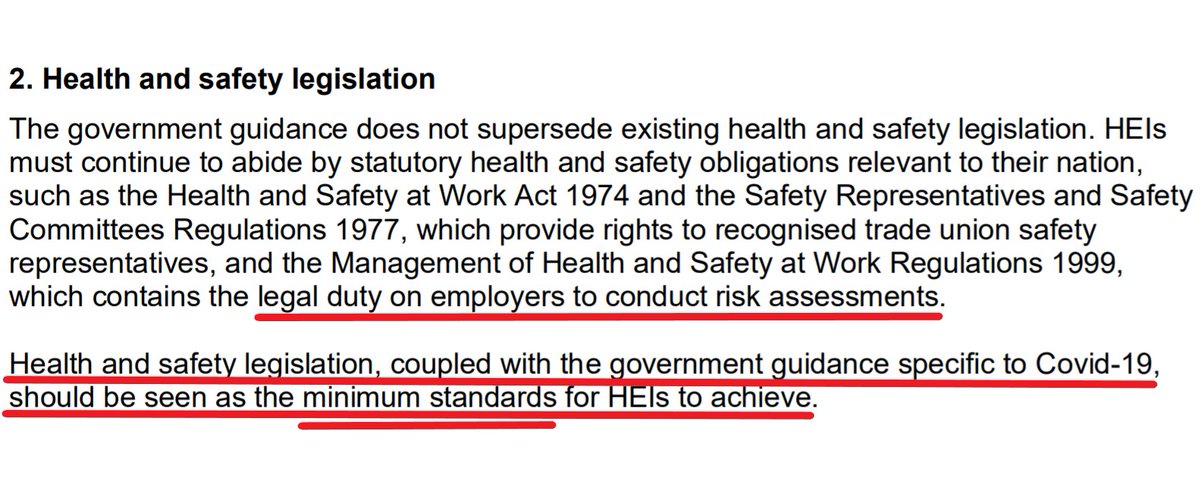consumer.healthday.com/infectious-dis…
jamanetwork.com/journals/jaman…
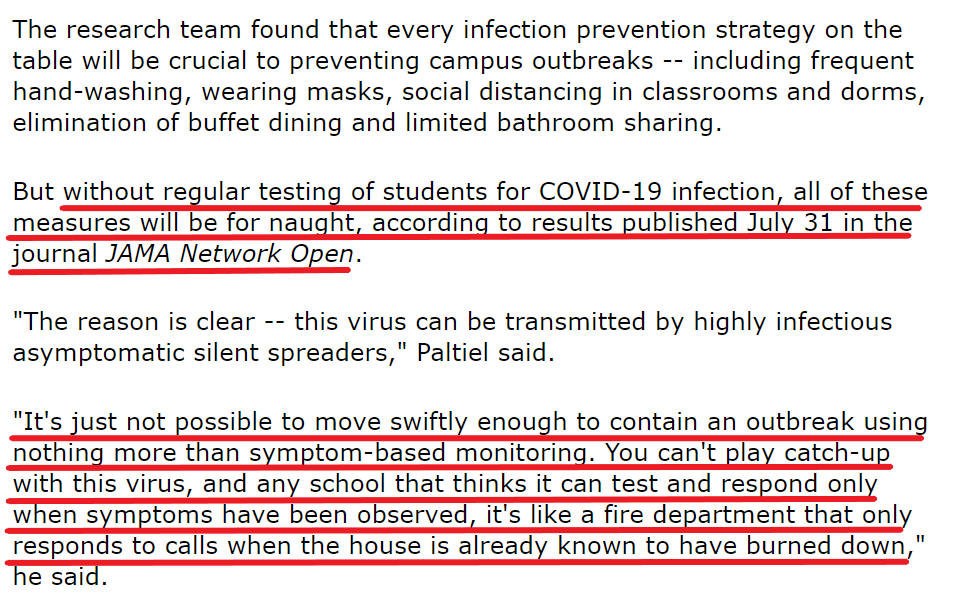
theguardian.com/world/2020/jul…
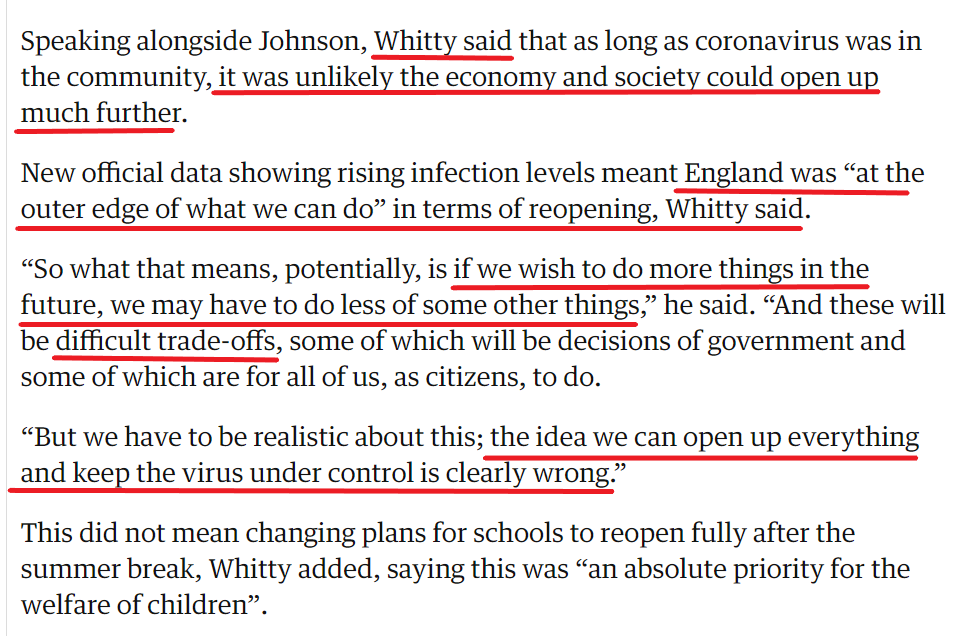
news.yale.edu/2020/07/31/stu…
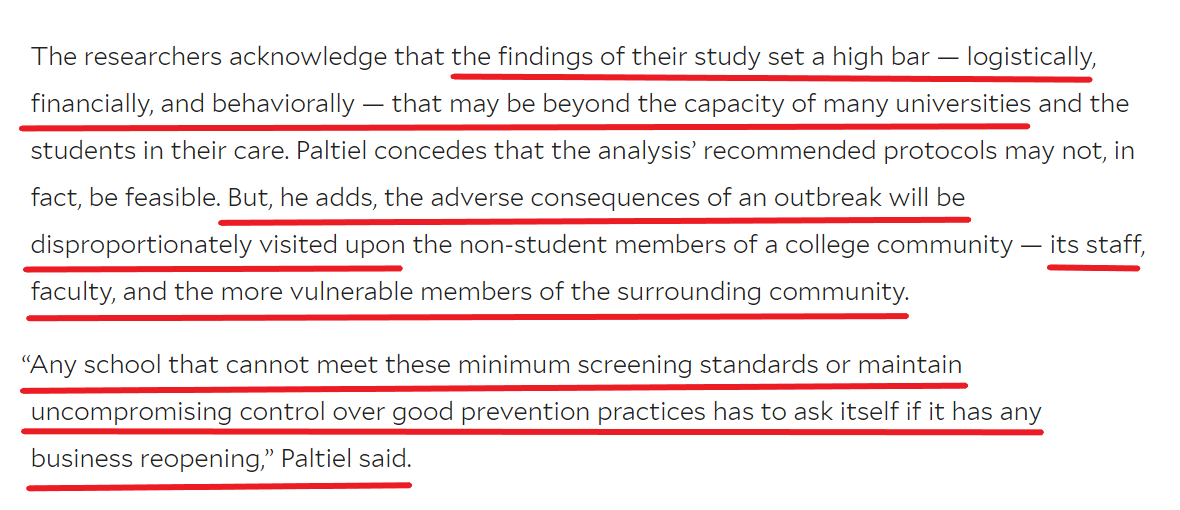
consumer.healthday.com/infectious-dis…

jamanetwork.com/journals/jaman…


ons.gov.uk/peoplepopulati…
bloomberg.com/opinion/articl…
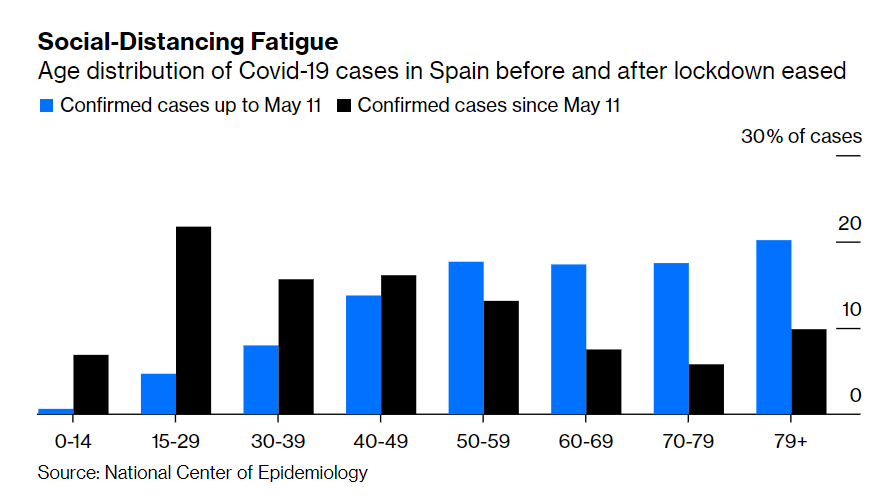
time.com/5873444/radica…
medrxiv.org/content/10.110…
gov.uk/government/new…
▶️Interview w John Bell, Oxford’s Regius Professor of Medicine, starting at 7:13 am.
▶️Piece starting at 6:10 am.
▶️Interview with a government minister from 8:22 am. 25/
bbc.co.uk/programmes/m00…
✅The test can be based on saliva (either throat swab or spit into a cup) rather than somewhat intrusive & unpleasant nasal swab.
✅It can test for the flu as well as Covid-19. (2🐦, 1🪨) 26/



